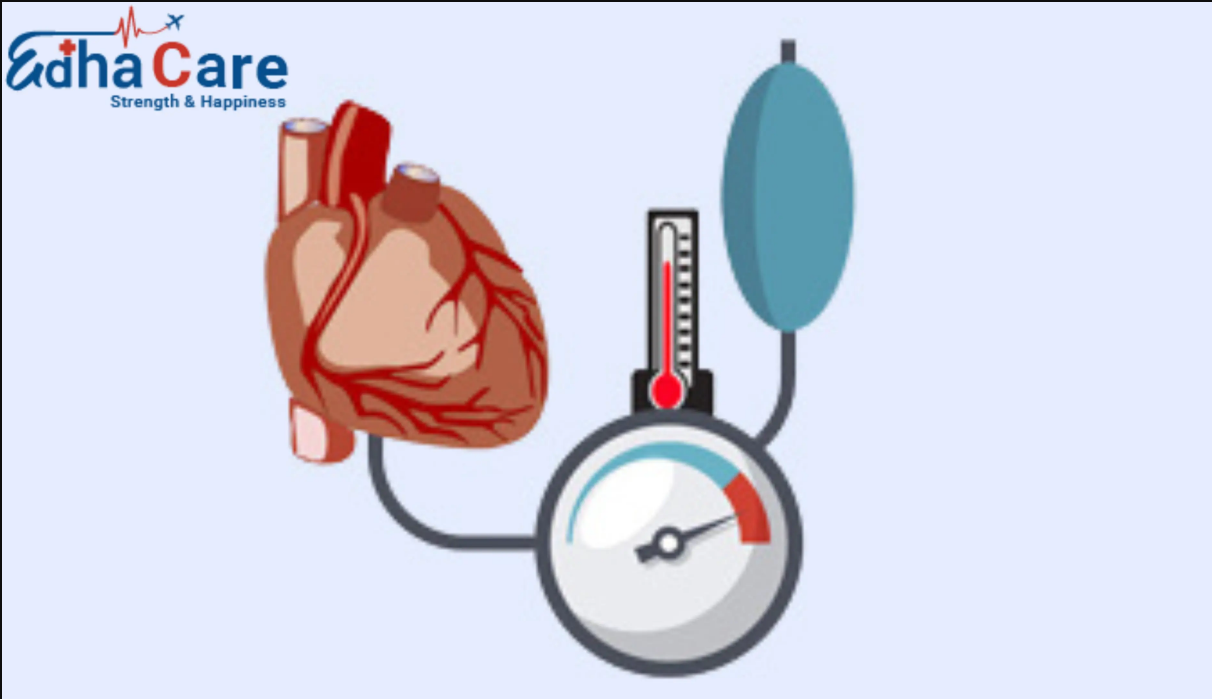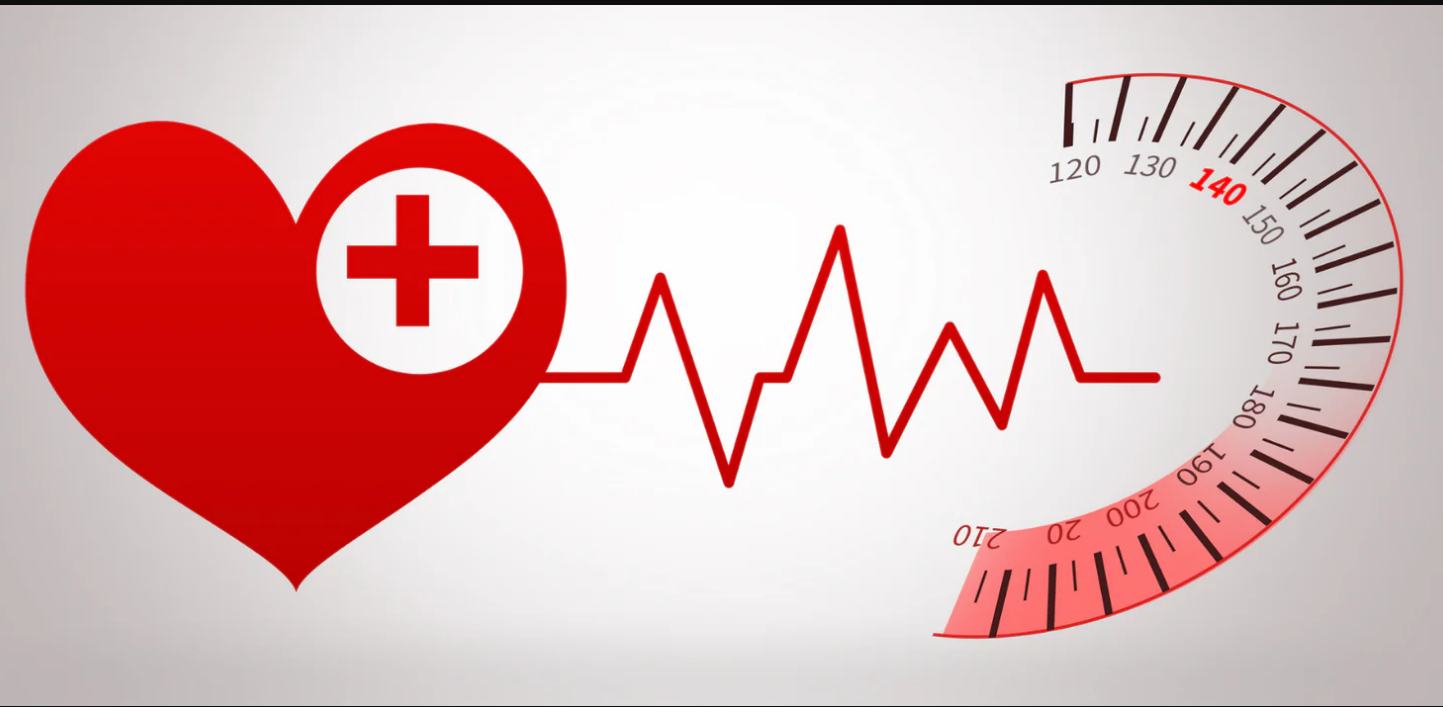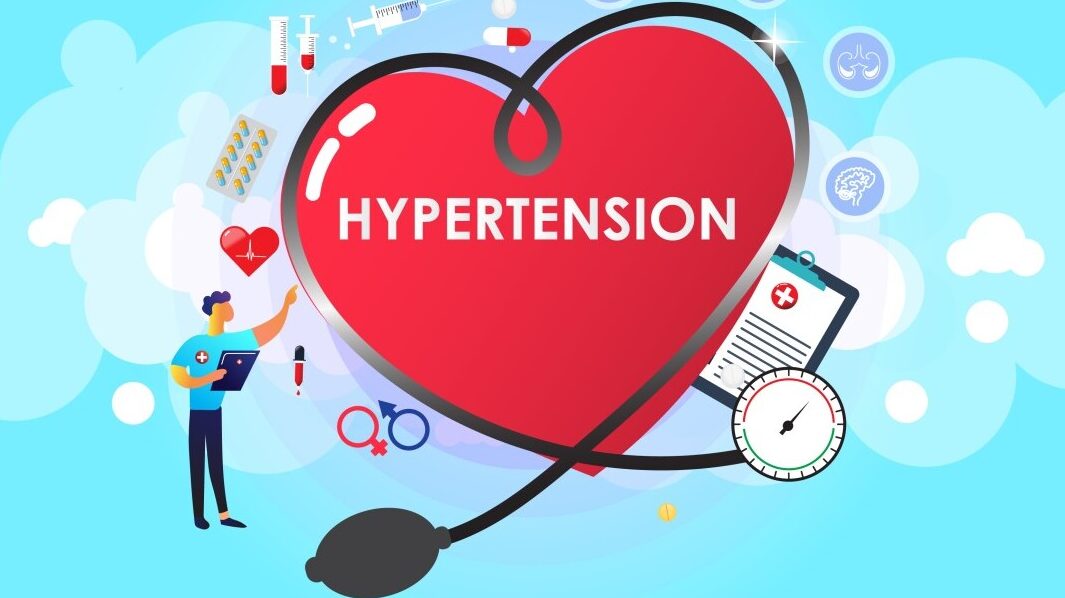The competition in the workplace is fierce. Middle-aged men and women who are busy working outside, often work overtime, have irregular meals, and have to take care of their children and various daily chores when they return home are under great pressure. Be careful! In the long run, blood pressure may rise quietly without knowing it. Don't take high blood pressure lightly. Live a healthy life to keep safe
Don't take high blood pressure lightly. Live a healthy life to keep safe
High blood pressure is a very common disease among Chinese people, but it is also easily ignored. According to statistics from the National Health Bureau, about 1 in 4 people over the age of 20 in China suffer from high blood pressure. It is estimated that there are about 4.3 million high blood pressure patients in the country. Further analysis of the top ten causes of death in China shows that high blood pressure ranks 9th. More importantly, more than half of the top ten causes of death are related to high blood pressure, especially heart and cerebrovascular diseases, which have been ranked 2nd and 3rd for many years.
Far-reaching impact
Cardiovascular disease often follows
In the early stage of high blood pressure, patients have almost no subjective symptoms, or just feel mild discomfort, such as dizziness, headache, or shoulder and neck pain. Since all organ systems in the body are distributed with blood vessels, high blood pressure can cause systemic damage to the whole body. After several years or decades, it will lead to myocardial hypertrophy, atherosclerosis and organ damage, thus causing stroke, angina pectoris, myocardial infarction, heart failure, kidney disease and peripheral vascular disease.
For people aged 40-70, when the blood pressure value falls between 115/75 and 185/115 mmHg, the risk of cardiovascular disease will double for every 20 mmHg increase in systolic blood pressure or 10 mmHg increase in diastolic blood pressure. Therefore, high blood pressure is described as an invisible killer. Patients often realize that their blood pressure has lost control only after the regrettable results occur. Survey shows
Survey shows
Many patients take high blood pressure lightly
The Chinese people often take high blood pressure lightly, and this attitude of negligence is more reflected in their compliance with treatment. The results of the 2009 "National Health Interview and Drug Abuse Survey" showed that among the people who were informed by medical staff that they suffered from high blood pressure, 60% did not control their weight, 45% did not develop exercise habits and did not measure their blood pressure regularly, 30% did not take dietary control, and the proportion of people who took long-term medication for high blood pressure was only 30%.
What is blood pressure? Blood pressure is the pressure on the blood vessel wall when blood flows from the heart to the blood vessels. It usually refers to the pressure of the arteries and is measured in millimeters of mercury (mmHg). The heart has a contraction and relaxation period. When the heart contracts, the left ventricle will output blood to the aorta, producing the highest blood pressure, also known as systolic pressure. Next, the heart will relax and blood will flow into the right atrium. At this time, the pressure is the lowest, which is called diastolic pressure. In 2003, the Joint National Committee on Prevention, Detection, Evaluation and Treatment of Hypertension (JNC7) defined normal blood pressure as <120/80mmHg; blood pressure of 120-139/80-89mmHg is early hypertension; blood pressure of 140-159/90-99mmHg is stage 1 (mild) hypertension; blood pressure ≥160/100mmHg is stage 2 (moderate to severe) hypertension. Face the reality
Face the reality
Measure blood pressure every day to be alert
Once you have high blood pressure, how to control it well? You must have a good basic attitude towards high blood pressure, understand that the treatment of high blood pressure is permanent, and you must not fish for three days and dry the net for two days. You should record your blood pressure every day. This is the most effective investment in your health.
When diagnosed with hypertension, the doctor will first rule out secondary hypertension, which occurs in about 5% of cases, that is, hypertension caused by chronic kidney disease, renal artery stenosis, adrenal tumors, aortic stenosis, hyperthyroidism, Cushing's syndrome, or improper medication. Next, the doctor will assess whether the patient has related clinical diseases (such as diabetes, cerebrovascular disease, heart disease, kidney disease, and peripheral arterial disease), and risk factors (such as age, smoking, dyslipidemia, obesity, and lack of exercise).
Treatment for hypertension includes lifestyle adjustments and drug therapy, and the treatment goals vary according to clinical conditions. The treatment target for general hypertensive patients is to reduce blood pressure to below 140/90 mmHg; high-risk patients with diabetes, kidney disease, or cardiovascular disease need to actively control blood pressure below 130/80 mmHg.
Multi-treatment
Healthy lifestyle plus medication control
● Drug therapy
According to the pharmacological mechanism, antihypertensive drugs can be divided into 6 categories. The choice of medicine should consider clinical related diseases, select the most suitable medicine for the patient, and achieve the principle of controlling blood pressure with simple taking, not affecting the quality of life, and no major adverse reactions with long-term use. Patients must work closely with doctors and build mutual trust to achieve the best therapeutic effect.
Facing stress, are you ready for this health battle? Please don't forget to take some time to care for yourself and your loved ones, and don't let blood pressure rise with stress. ● Non-drug treatment
● Non-drug treatment
A healthy lifestyle is the primary way to prevent and treat hypertension, including:
1. Weight loss: Maintain a normal weight and keep the body mass index (BMI) within 18.5-24.9.
2. Adopt the DASH (Dietary Approaches to Stop Hypertension) diet that can prevent and treat hypertension: three meals are mainly low in saturated fat and total fat, such as fruits, vegetables, and low-fat dairy products.
3. Adopt a sodium-restricted diet: Excessive sodium intake in the diet is one of the main causes of high blood pressure and hypertension. As long as the salt intake is reduced, both the general public and patients with hypertension can lower their blood pressure. If the daily salt intake of patients with hypertension can be reduced to less than 6 grams, the blood pressure can be reduced by an average of 2-8 mmHg.
4. Exercise more: Engage in regular aerobic exercise (such as brisk walking), 5 times a week, 45 minutes each time, and make exercise a part of daily life.
5. Drink moderately: The recommended amount for Americans is a maximum of 1 ounce or 30 milliliters of alcohol per day (about 1 24-ounce beer, 10 ounces of wine or 3 ounces of 80-proof whiskey). Women and men with lighter weight should reduce this by half. The recommended amount for Chinese people should be half that of foreign countries.
6. Others: Quit smoking, reduce stress in life, maintain physical and mental happiness, and get enough sleep.
Categories: health
